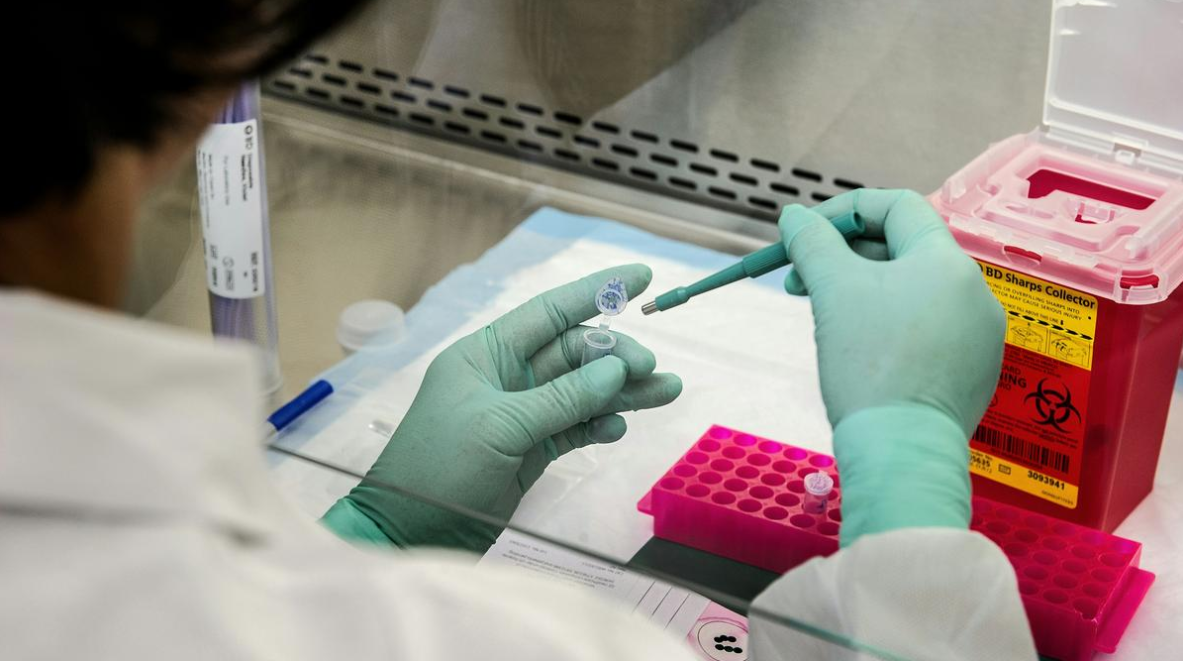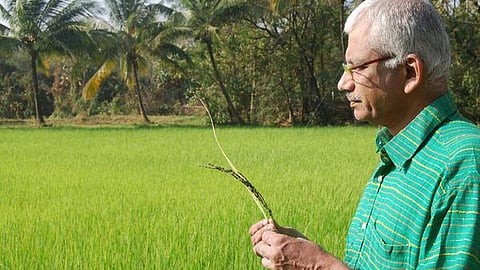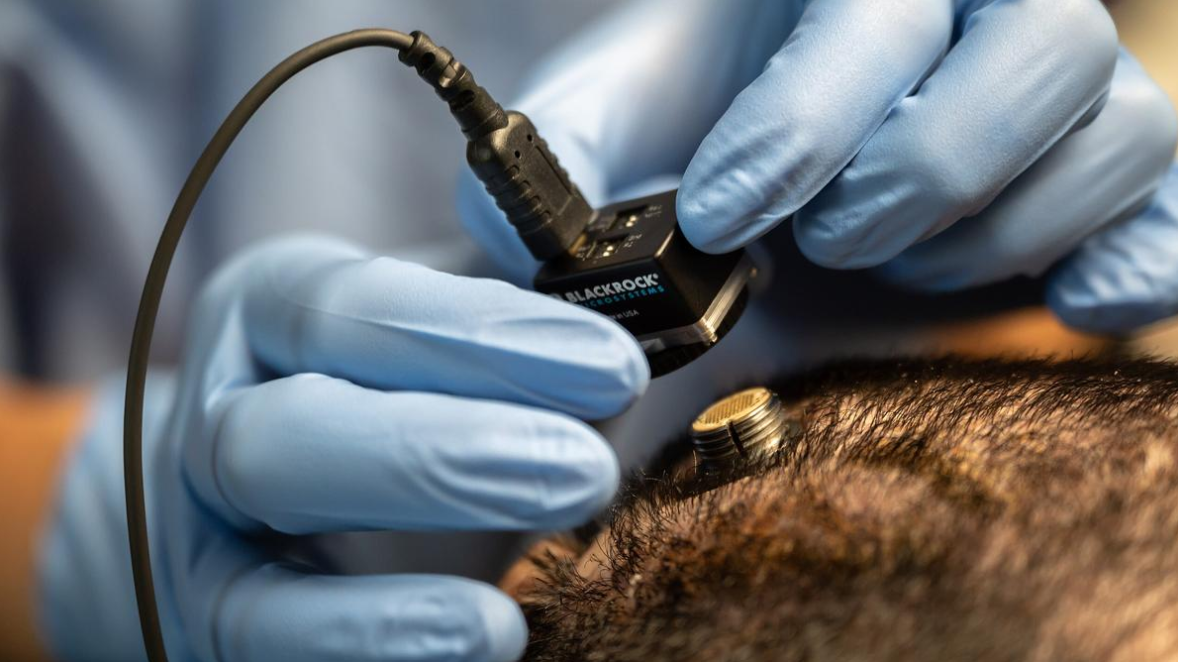



India’s biotechnology industry has grown rapidly, expanding from a small startup base in 2014 to over 10,000 firms by 2025 and reaching a bioeconomy value of USD 165.7 billion. Supported by initiatives like BIRAC, DBT, and the BioE3 Policy, the sector drives innovation in vaccines, genomics, and bio-manufacturing. However, it faces challenges such as funding shortages, fragmented infrastructure, and outdated regulations. With strategic reforms, investment in R&D, and global partnerships, India aims to achieve a USD 300 billion bioeconomy by 2030 and emerge as a global leader in biotechnology.

Copyright infringement not intended
Picture Courtesy: The Hindu
India’s biotechnology sector has grown rapidly in recent years, moving from around 500 startups in 2018 to over 10,000 in 2025. This growth is supported by a strong network of 94 incubators across 25 states, government initiatives, and rising investor confidence.
|
Phase / Period |
Key Developments |
Government / Institutional Initiatives |
Industry Highlights |
|
1970s–1980s: Foundation Phase |
- Early focus on research in agriculture, fermentation, and healthcare. - Recognition of biotechnology as a national priority area. |
- National Biotechnology Board (1982) established under DST. - Department of Biotechnology (DBT) created in 1986 under Ministry of Science & Technology. |
- Basic research dominated by public labs (CSIR, ICAR, IISc). - Limited private participation. |
|
1990s: Liberalisation & Early Industry Growth |
- Economic reforms allowed private and foreign investment. - Growth of industrial and agricultural biotech research. |
- Launch of Biotech Consortium India Ltd. (BCIL) and BTISNet. - Policy support for R&D collaboration. |
- Emergence of firms like Biocon, Serum Institute, Bharat Biotech. - Start of vaccine and enzyme manufacturing. |
|
2000–2010: Expansion & Regulation |
- Entry of Indian firms into global vaccine and generics market. - Introduction of Bt cotton (2002) revolutionized agriculture. |
- Launch of Biotechnology Parks Programme. - Strengthened IP and regulatory framework. |
- Rapid growth of biopharma exports. - Increased venture investment and partnerships. |
|
2010–2020: Consolidation & Innovation |
- Growth of biotech startups, diagnostics, and genomics. - India became a global supplier of affordable vaccines and biosimilars. |
- Creation of BIRAC (2012) for startup funding and incubation. - Make in India and Startup India initiatives boosted entrepreneurship. |
- Expansion of hubs in Bengaluru, Hyderabad, Pune, and NCR. - Biotech exports surpassed USD 12 billion by late 2010s. |
|
2020–2022: Pandemic-Driven Acceleration |
- COVID-19 pandemic catalyzed vaccine and diagnostics R&D. - Surge in genomics, AI-based healthtech, and molecular testing. |
- National Biotechnology Development Strategy (2020–25) launched. |
- Covaxin (Bharat Biotech) and Covishield (Serum Institute) highlighted India’s global leadership. - Bioeconomy crossed USD 150 billion (2022). |
|
2023–2025: Digital Integration & Global Reach |
- Integration of AI, data analytics, and gene editing (CRISPR) in biotech. - Growth of precision medicine and synthetic biology. |
- Continued support via BioE3 Policy, PLI Scheme, and Startup India. |
- Over 10,000 startups and 94 incubators across 25 states. - Bioeconomy reached USD 165.7 billion (2024), targeting USD 300 billion by 2030. |
|
Policy / Scheme |
Year / Period |
Objective |
Key Features |
Funding / Support |
Source |
|
BioE3 Policy (Biotechnology for Economy, Environment and Employment) |
2024 |
Promote bio-manufacturing, green growth, and biotech entrepreneurship |
Creation of Bio-AI hubs, biofoundries; support for biochemicals, enzymes, precision therapeutics; alignment with net-zero and circular bioeconomy |
Financial incentives for biotech clusters and startups |
Economic Times (2025) |
|
Vigyan Dhara Scheme |
2021-26 |
Integrate R&D, capacity building, and infrastructure development for biotech |
Merges multiple DBT schemes under one umbrella for institutional strengthening and human resource development |
₹10,579 crore (15th Finance Commission period) |
Economic Times (2025) |
|
National Biotechnology Parks Scheme |
Ongoing |
Establish biotech parks with shared infrastructure |
Provides labs, pilot-scale units, testing facilities for startups and MSMEs |
9 biotech parks approved; DBT grants + state support |
DBT India (2025) |
|
Biotechnology Industry Research Assistance Council (BIRAC) |
2012-present |
Promote innovation, funding, and incubation for startups |
Grants, seed funds, and mentoring through programs like BIG, SBIRI, and BioNEST |
Over 5,000 startups funded till 2025 |
DST & BIRAC Reports (2025) |
|
Startup India & Make in India (FDI in Biotech) |
2016-present |
Attract private & foreign investment in biotech |
100% FDI permitted in greenfield biotech; tax exemptions for R&D; customs duty waivers on research equipment |
FDI inflow in biotech crossed USD 12 billion (2024) |
Biotecnika & DIPP Data (2024) |
|
Karnataka Biotech Policy (2023-28) |
2023 |
Strengthen biotech ecosystem & startups |
Subsidies up to ₹10 crore, reimbursement for equipment, employment incentives |
State-funded support for R&D and MSMEs |
Times of India (2023) |
|
Gujarat Biotechnology Policy (2022-27) |
2022 |
Develop genome sequencing, synthetic biology, and bio-pharma clusters |
CapEx / OpEx assistance, power tariff subsidy, patent incentives |
Up to 25% CapEx reimbursement for eligible projects |
Grow Gujarat Portal (2024) |
|
Tamil Nadu Biotechnology Policy |
2022 |
Promote biotech manufacturing & R&D in southern India |
Fiscal incentives, power tariff exemption, capital subsidies for biotech parks |
State grants and tax rebates for eligible units |
IndiaFilings (2023) |
|
National Bio Entrepreneurship Competition (NBEC) |
Annual |
Encourage biotech innovation among startups and researchers |
Nationwide competition offering mentorship, funding, and networking |
₹40 crore awarded to innovators in 2024 edition |
Times of India (2024) |
|
Biotechnology Ignition Grant (BIG) |
Ongoing |
Support early-stage biotech startups |
Grants up to ₹50 lakh for proof-of-concept and prototype development |
Over 1,000 projects funded since inception |
BIRAC (2025) |
Source: The Hindu
|
Practice Question Q. “India’s biotechnology sector has achieved impressive growth, yet scaling remains its biggest challenge.” Discuss the current status, major bottlenecks, and government measures taken to strengthen India’s biotechnology industry. Suggest a data-driven way forward. (250 words) |
The industry is broadly divided into five segments:






© 2025 iasgyan. All right reserved